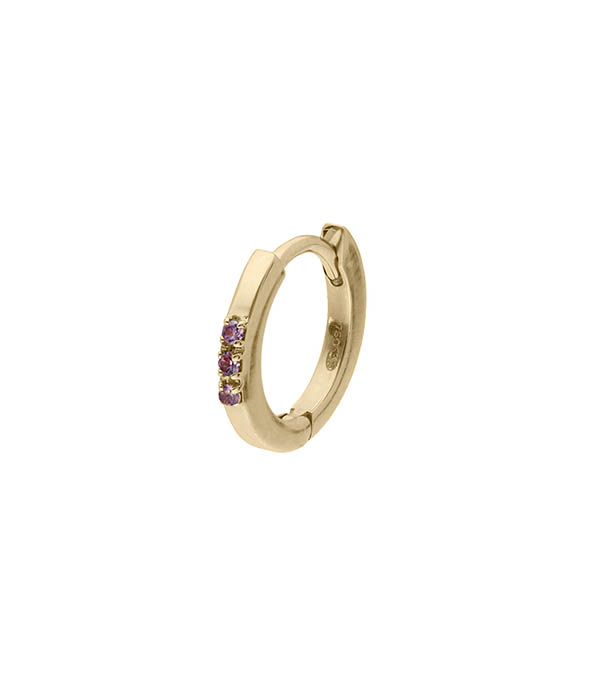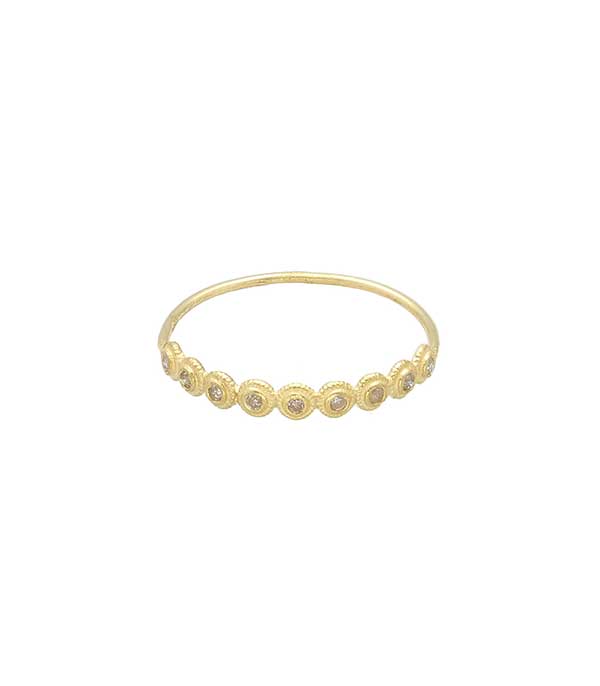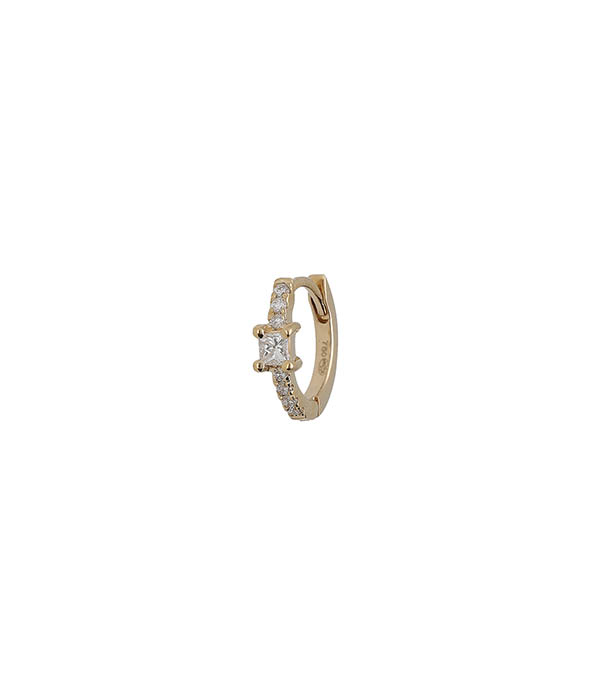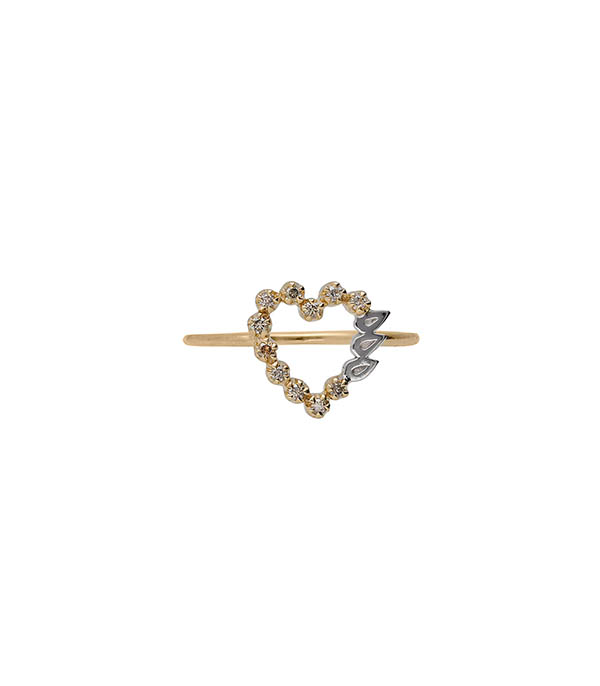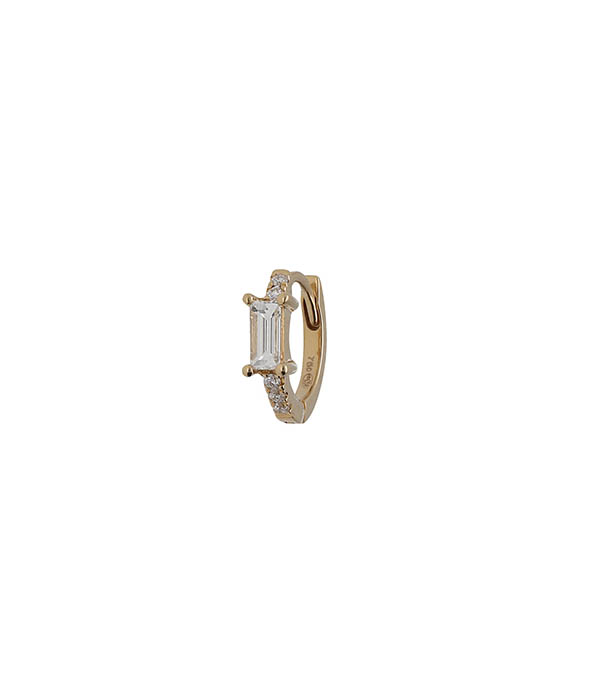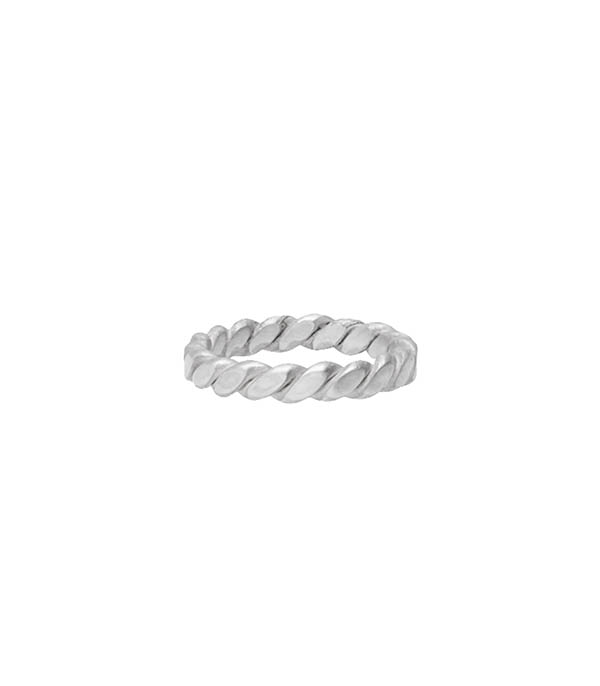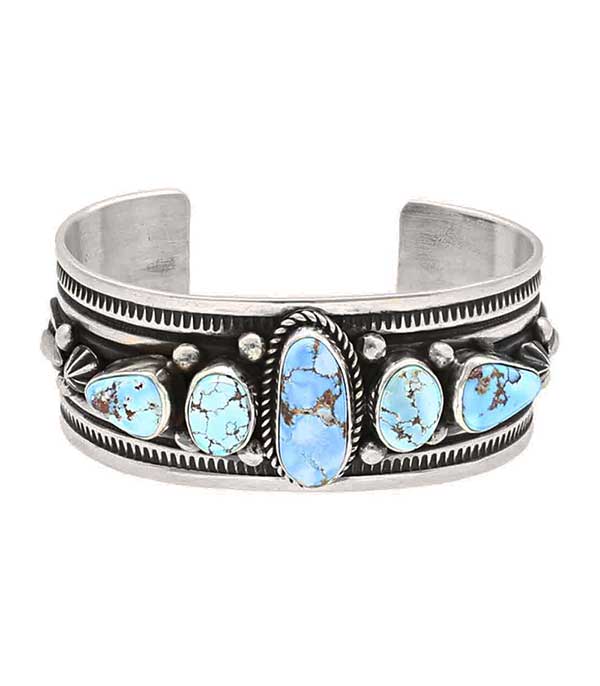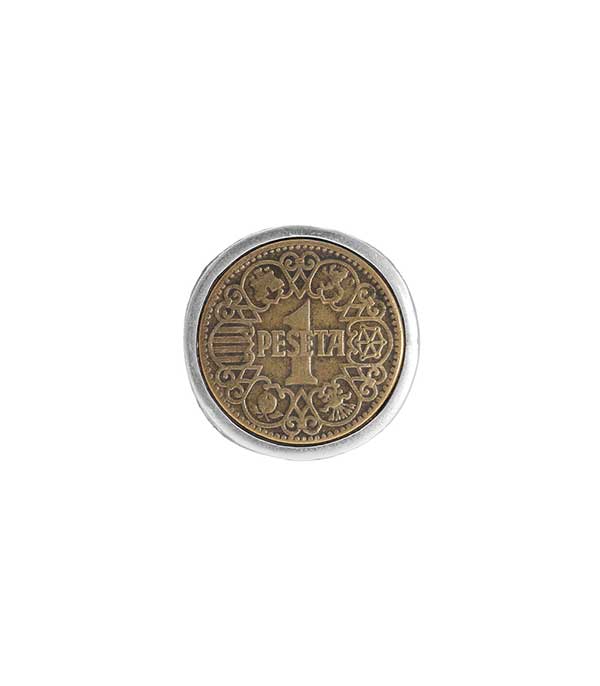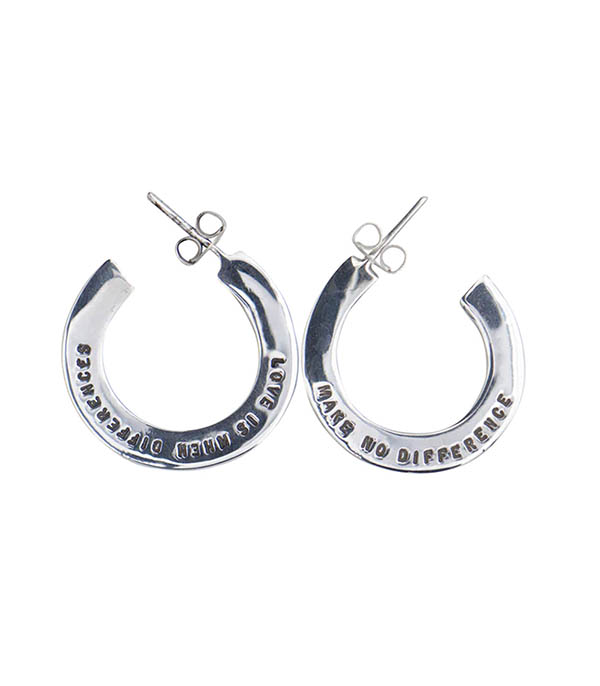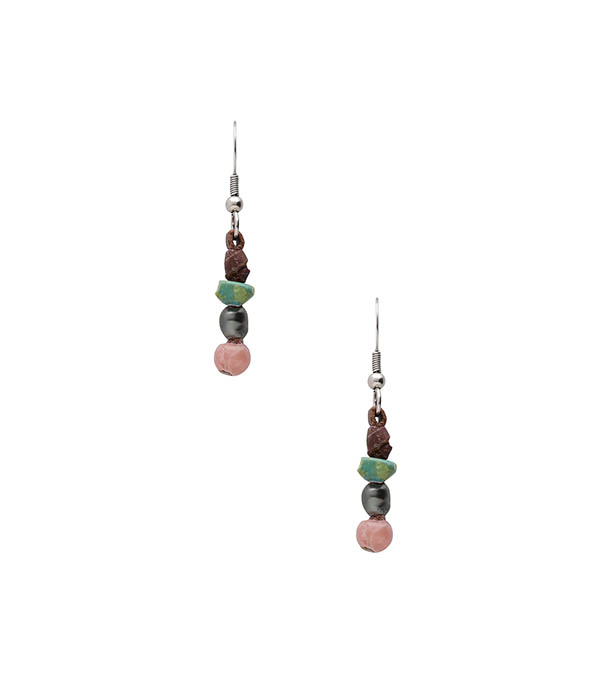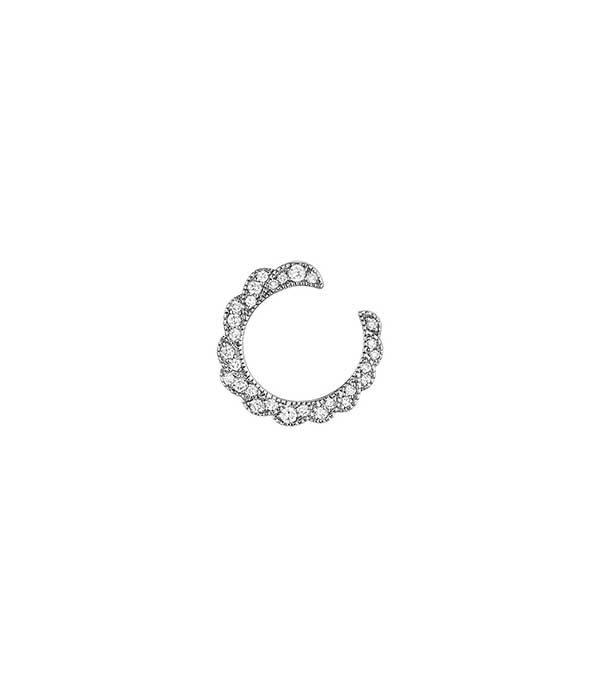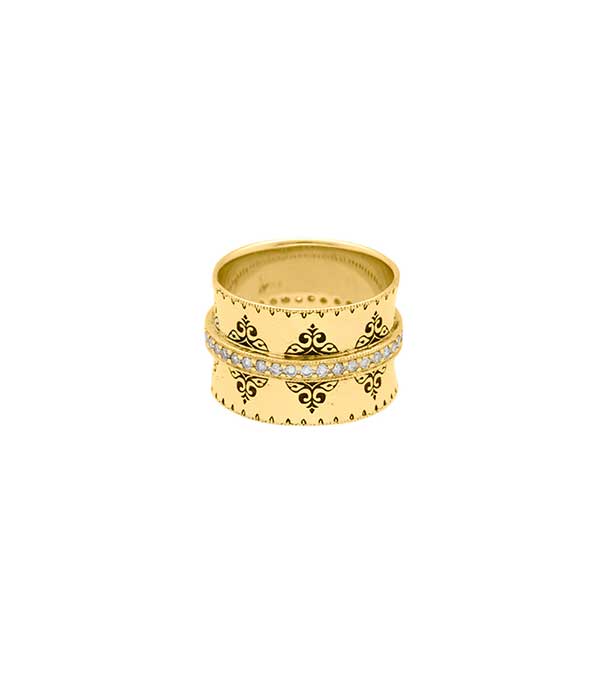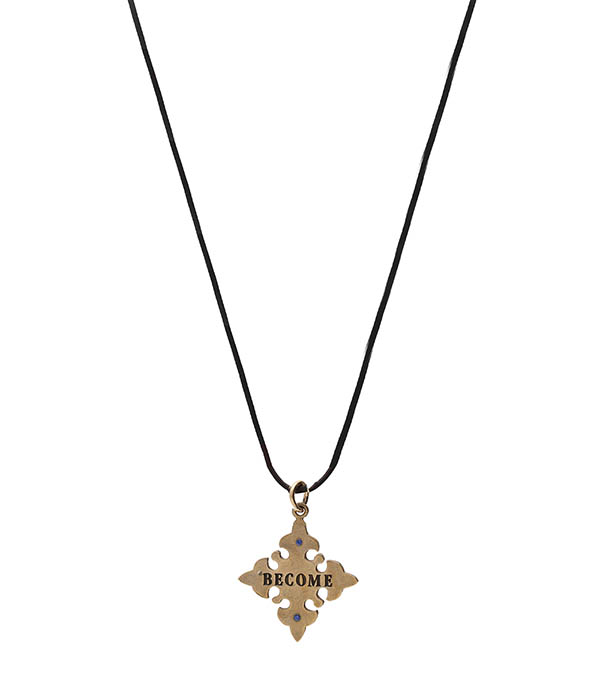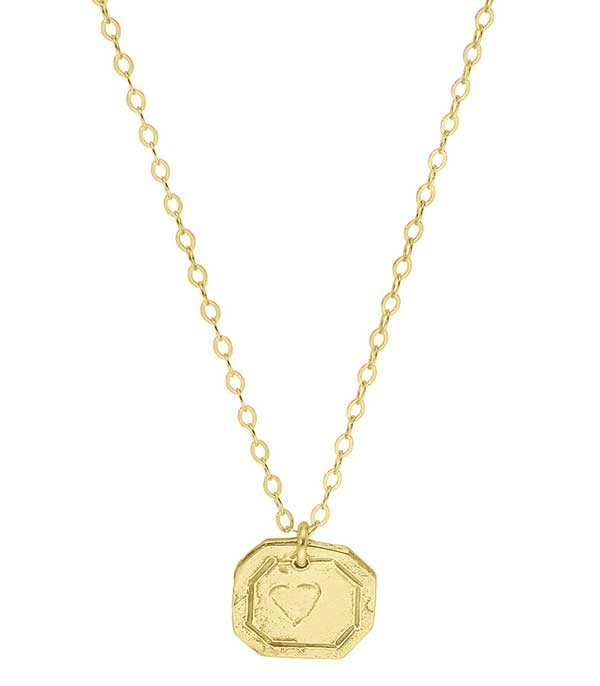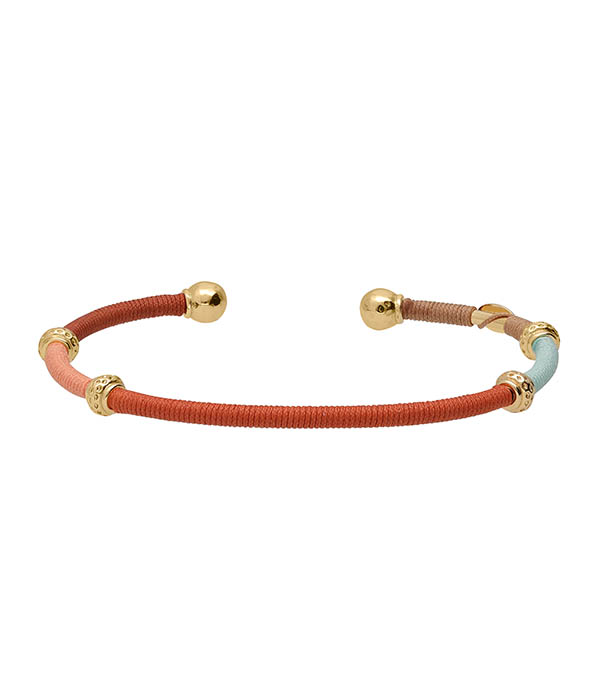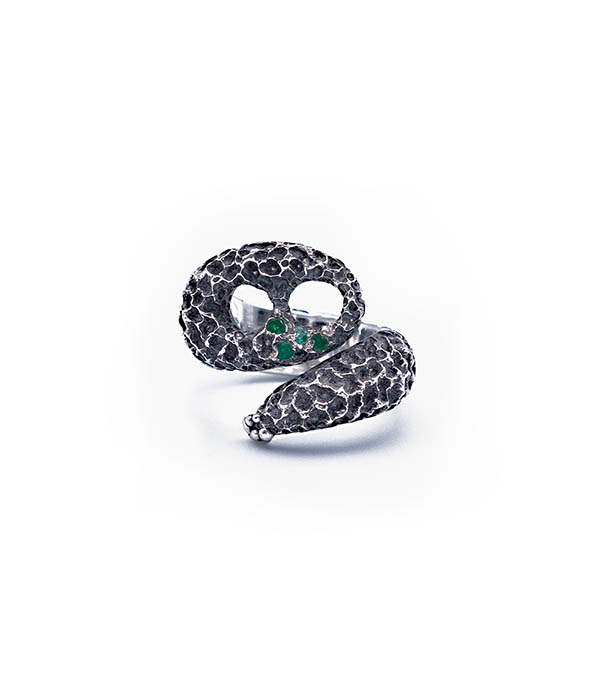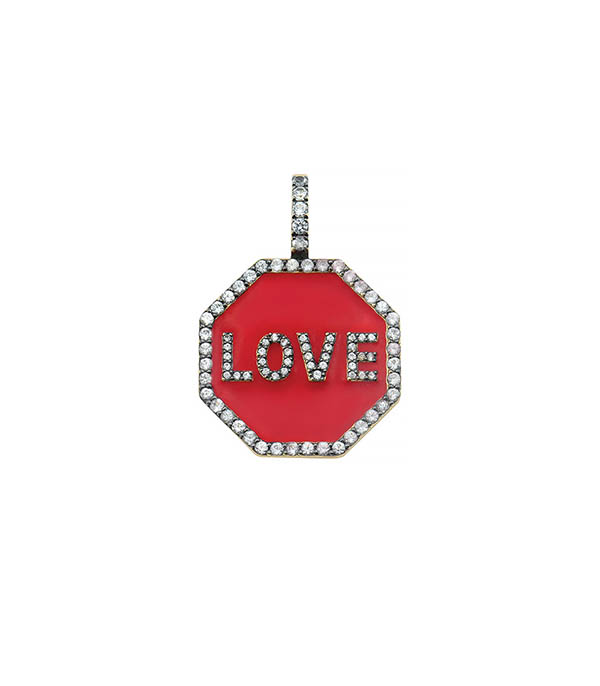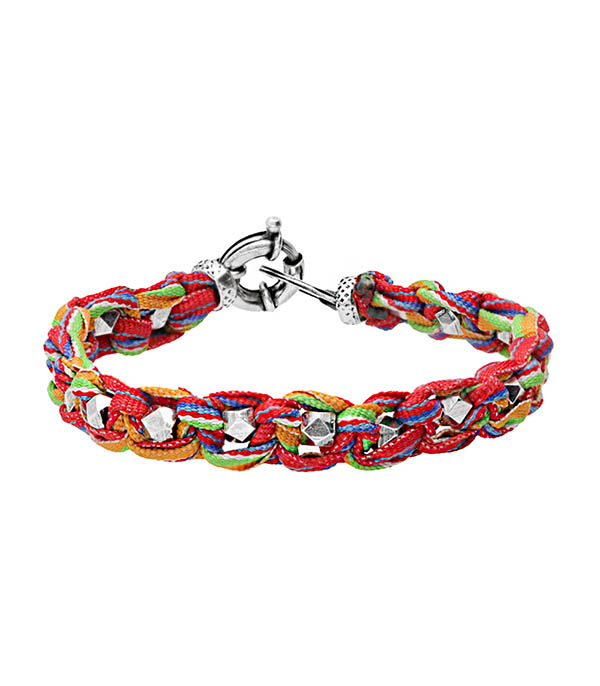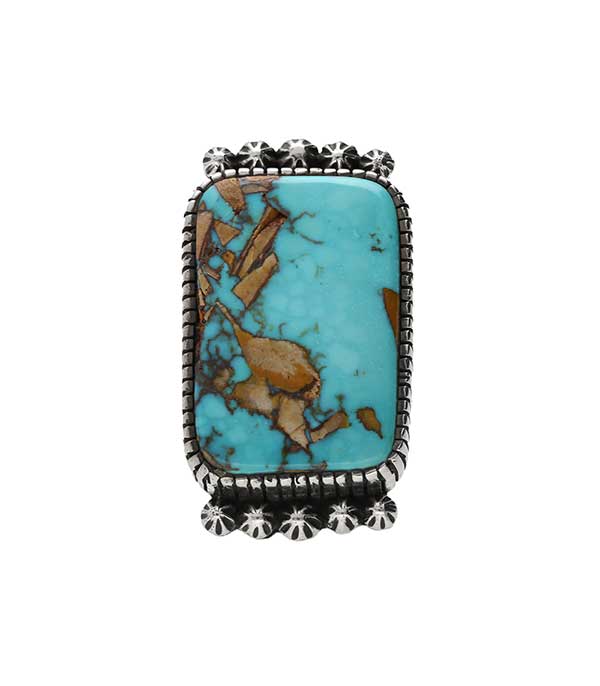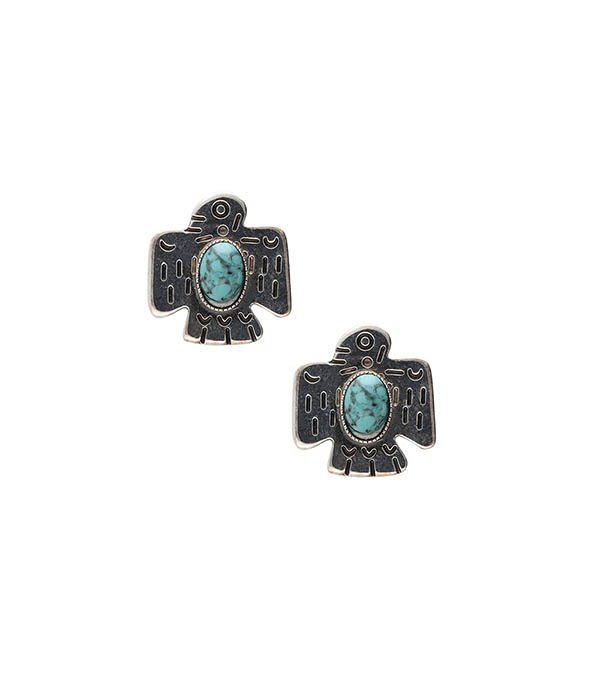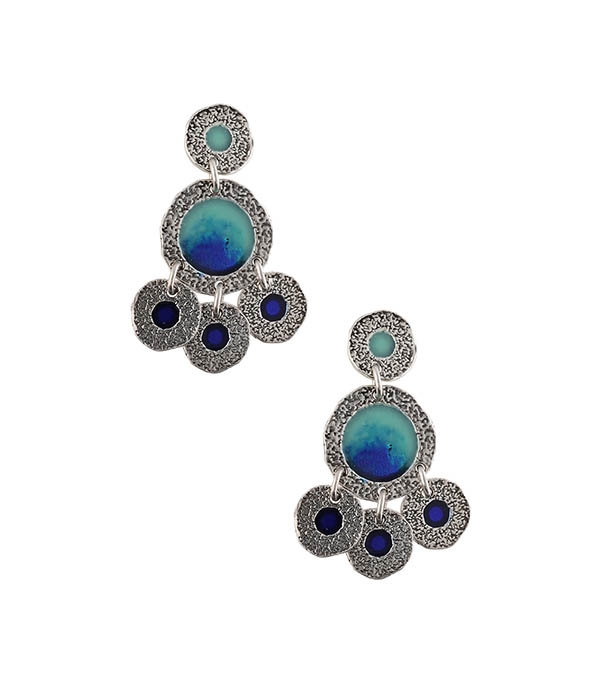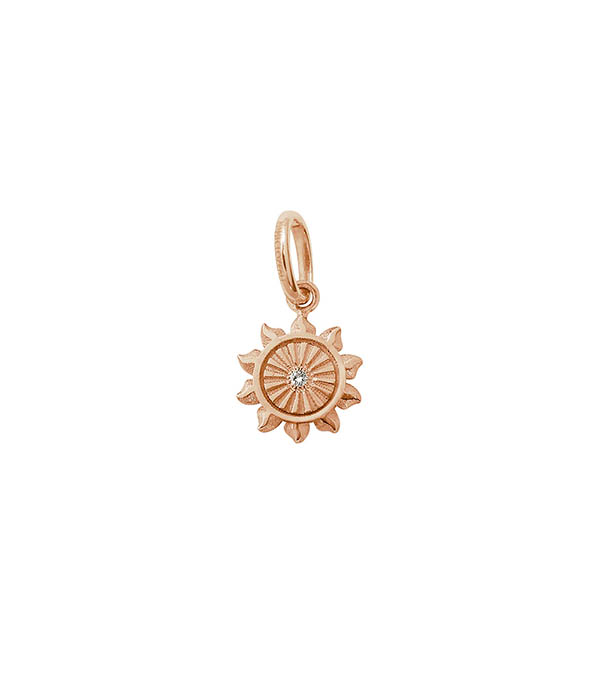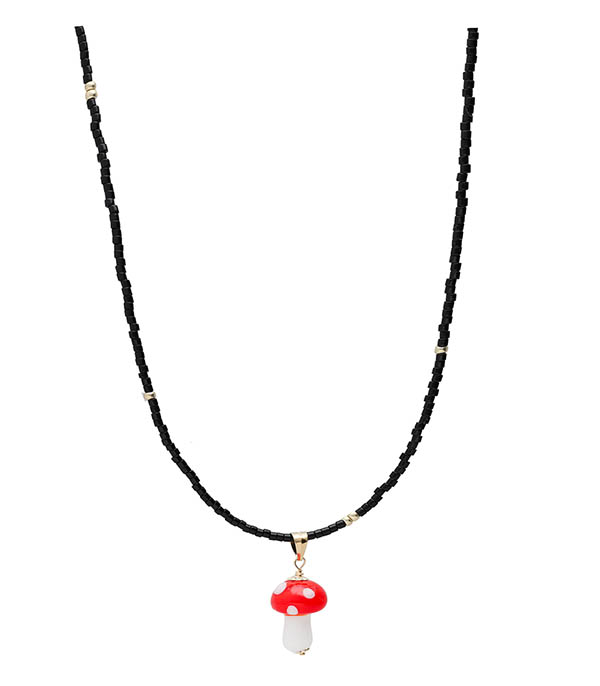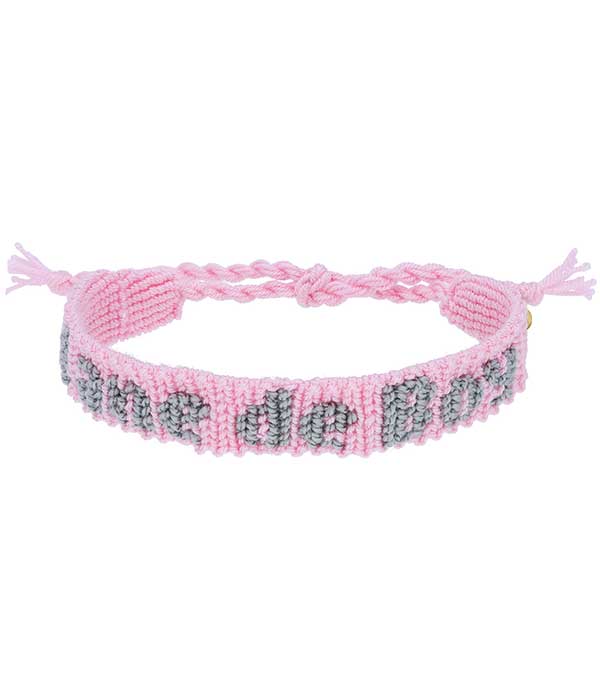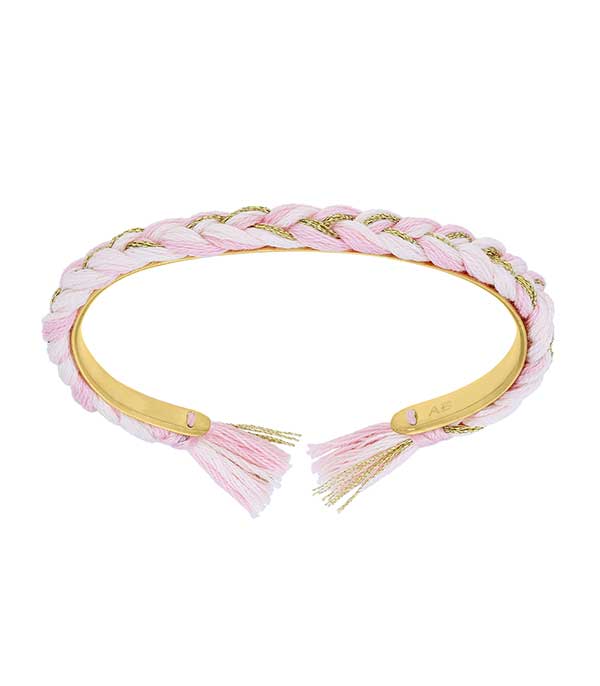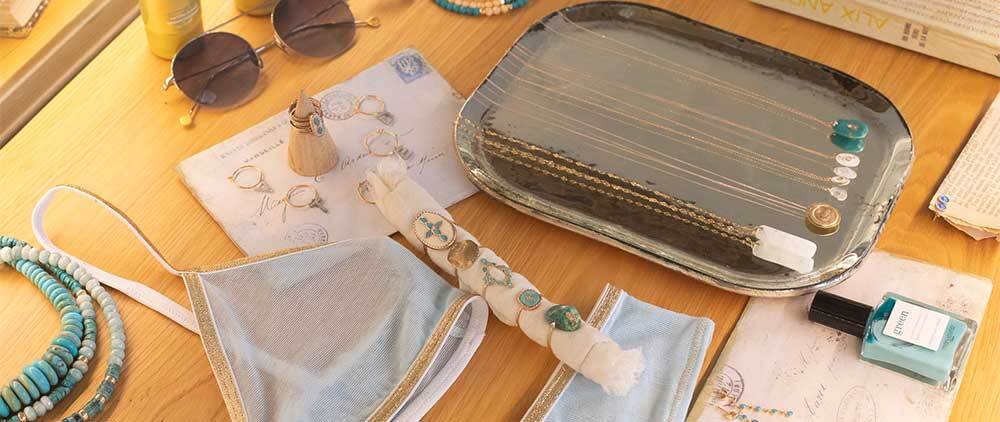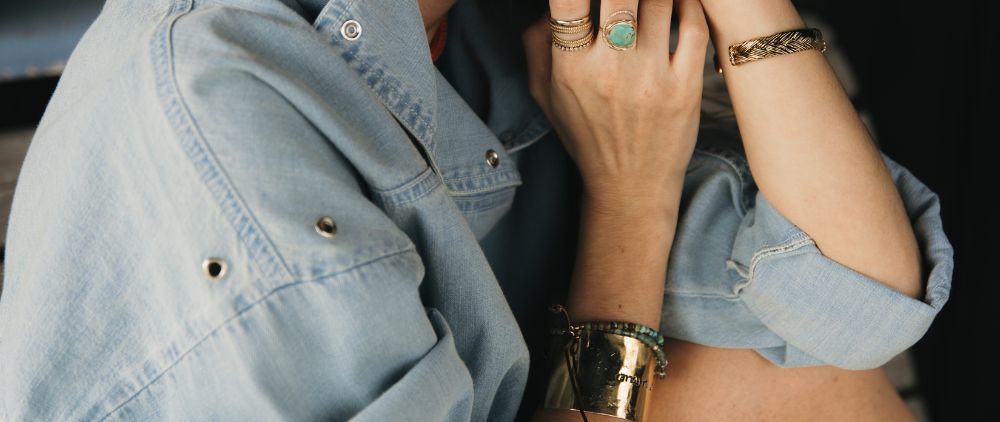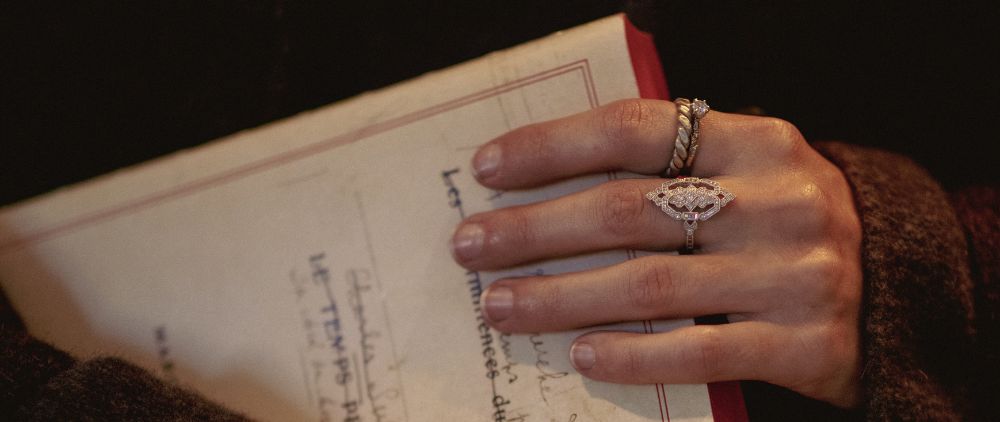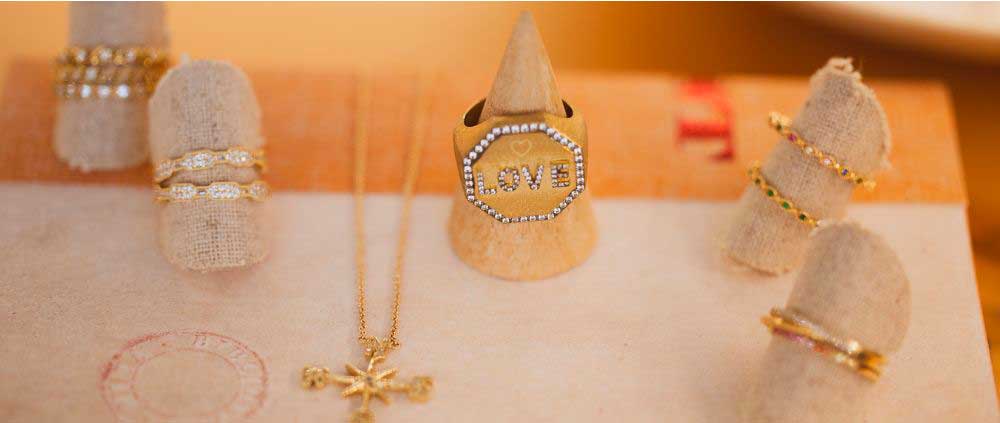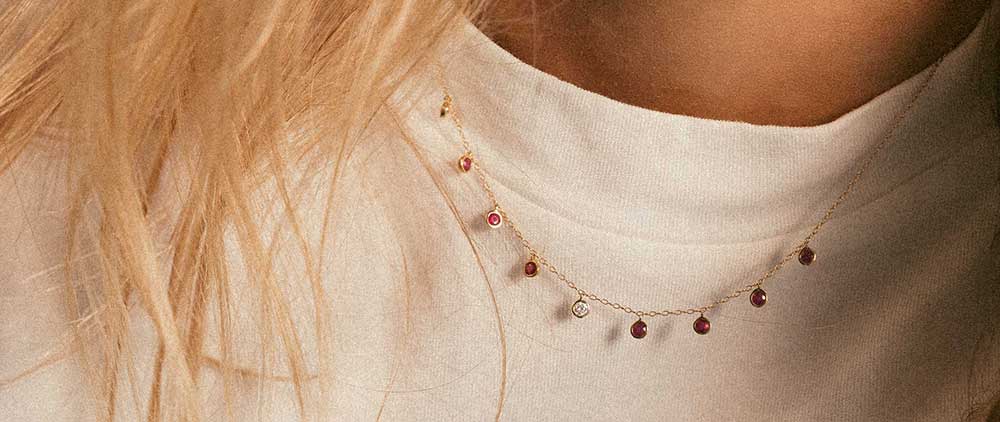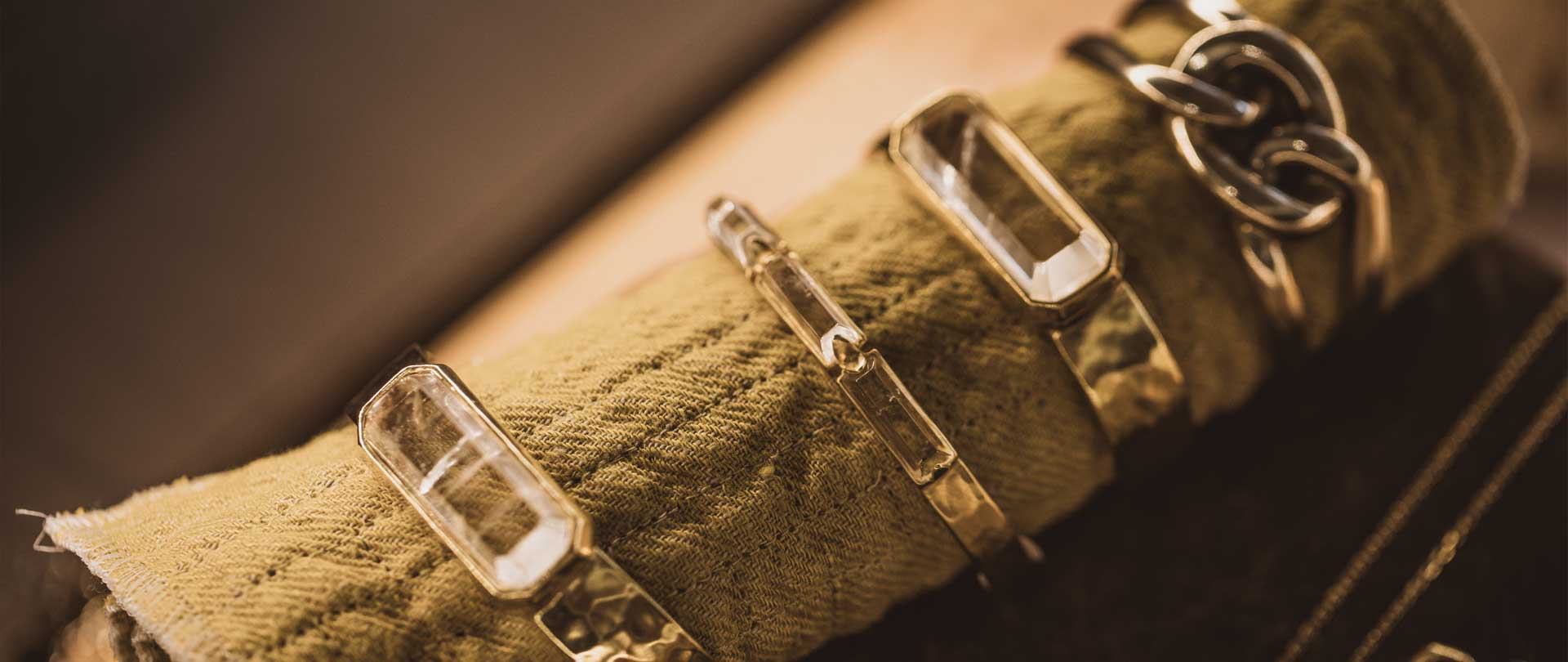
How can you easily recognise the material of jewellery?
Whether they are costume jewellery or from a major jewellery manufacturer, all jewellery requires specific maintenance depending on the materials and metals of which it is made. To keep a piece of jewellery in perfect condition for as long as possible, it is therefore vital to have some knowledge of how to correctly identify its composition. Follow our guide and find out everything you need to know to recognise the different materials in jewellery.
- How to recognize a gold jewel?
- How to recognize a silver jewel?
- What about other precious metals?
- How do you know if cultured pearls are real or not?
- How to identify the materials of costume jewellery?
- How to recognize a real leather jewel?
- What about other natural textiles?
How to recognize a gold jewel?
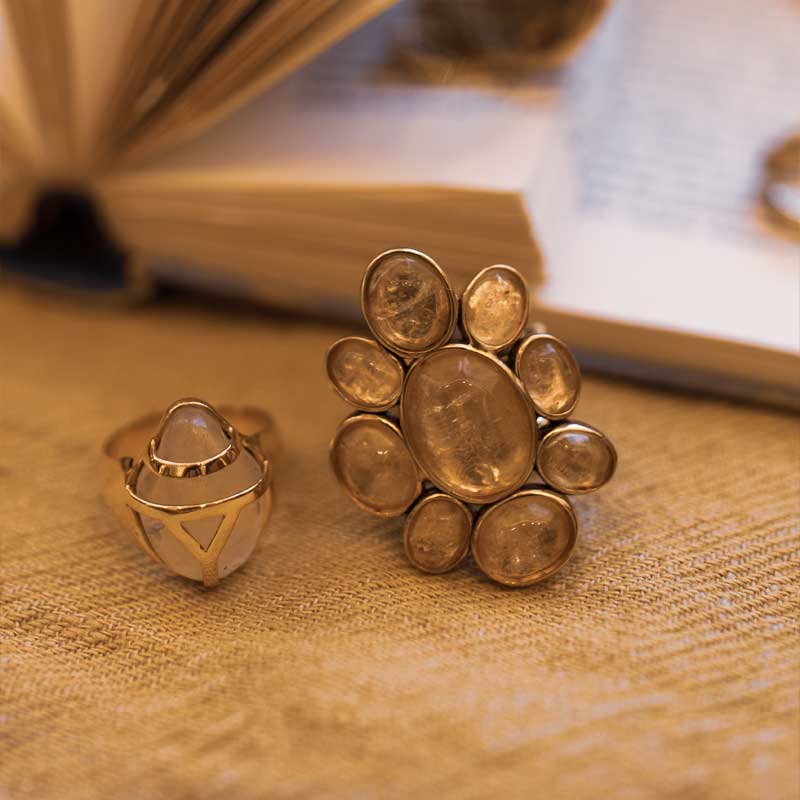
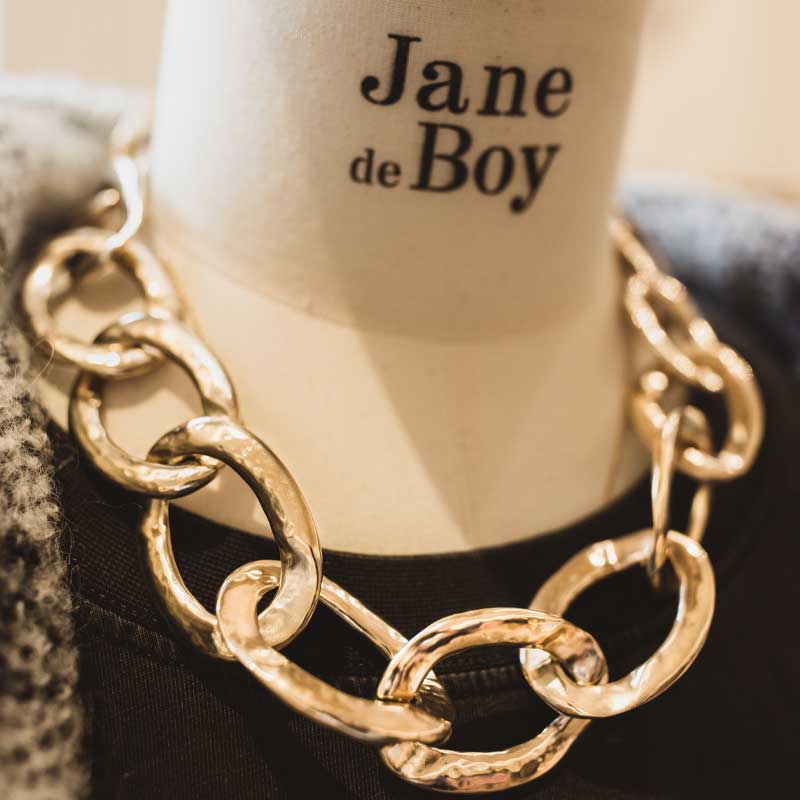
There are several ways to find out if your jewellery is gold or not. You can go to a jewellery store to have them tested by a professional or you can decide to do the verification yourself. How can you do this? By paying attention to the different hallmarks on the pieces.
As a reminder, hallmarks are small engravings on the metal of jewellery that identify the carat, an indicator of the quality of the gold. There are different carats to define the percentage of gold present in a ring or bracelet: 24, 22, 18, 14 or 9 carats (24 being the maximum value associated with pure gold and 9 the minimum value). Carats between 9 and 22 indicate that the jewellery is made of an alloy - that is, the gold has been mixed with other metals.
The most common alloys used in jewellery are 22 and 18 carat in Europe and 14 carat in the USA.
To find out the percentage of gold in a piece of jewellery, there is a hallmark associated with each weight:
- The 24 carat gold is represented by a seahorse.
- The 22 and 18 carat are represented by an eagle's head.
- The 14 carat by a scallop.
- The 9 carat by a 3 leaf clover.
Differentiating between gold and gold-plated jewelry
To find out whether your jewelry is solid gold or gold-plated, start by checking the hallmarks engraved on the jewelry:
- Solid gold jewelry generally bears a hallmark indicating the purity of the gold, such as "750" for 18-carat or "375" for 9-carat.
- Gold-plated jewelry, on the other hand, may bear markings such as "GP" (Gold Plated) or "HGE" (Heavy Gold Electroplate).
You can also observe the color of the metal: solid gold retains a uniform hue, while gold-plated may show signs of wear revealing a different metal underneath.
If in doubt, have your jewel tested by a professional, who can use techniques such as acid testing or electronic testing to determine its composition.
How to recognize a silver jewel?
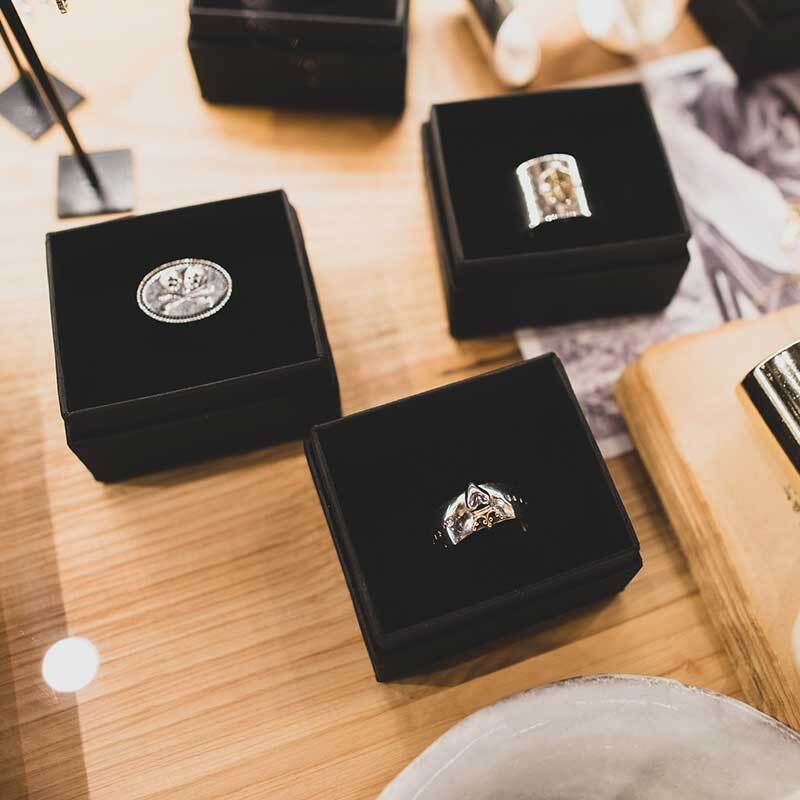

Unlike gold jewellery, it is not possible to perform an authentication test on silver coins. The only way to know the quality of the alloy that makes up the jewel is to observe its hallmark with a magnifying glass.
For solid silver jewellery, there are two qualities of alloy:
- The 925 silver, identified by a Minerva head, is the purest solid silver.
- Silver 800, a little less pure, recognisable by its swan-shaped hallmark.
For silver-plated jewellery, however, the task is a little more difficult. The only clue you can have about the material of the jewel is that it will tend to oxidise more quickly, without turning green or bronze like non-precious metals.
What about other precious metals?
Not all precious jewellery is made of gold or silver. Some ethnic jewellery, for example, is made of other precious materials such as platinum. To check whether a piece of jewellery is made of platinum, look at its hallmark: if the hallmark is in the shape of a dog's head, then you are looking at 950 platinum.
For bronze jewellery, if you have any doubts, don't hesitate to have them tested in a jewellery store. A quick acid test will confirm that your piece is genuine.
Finally, steel jewelry is easily recognized by its dark gray color and high strength. Where precious metals tend to be relatively soft and shock sensitive, steel has incredible strength and durability.
How do you know if cultured pearls are real or not?
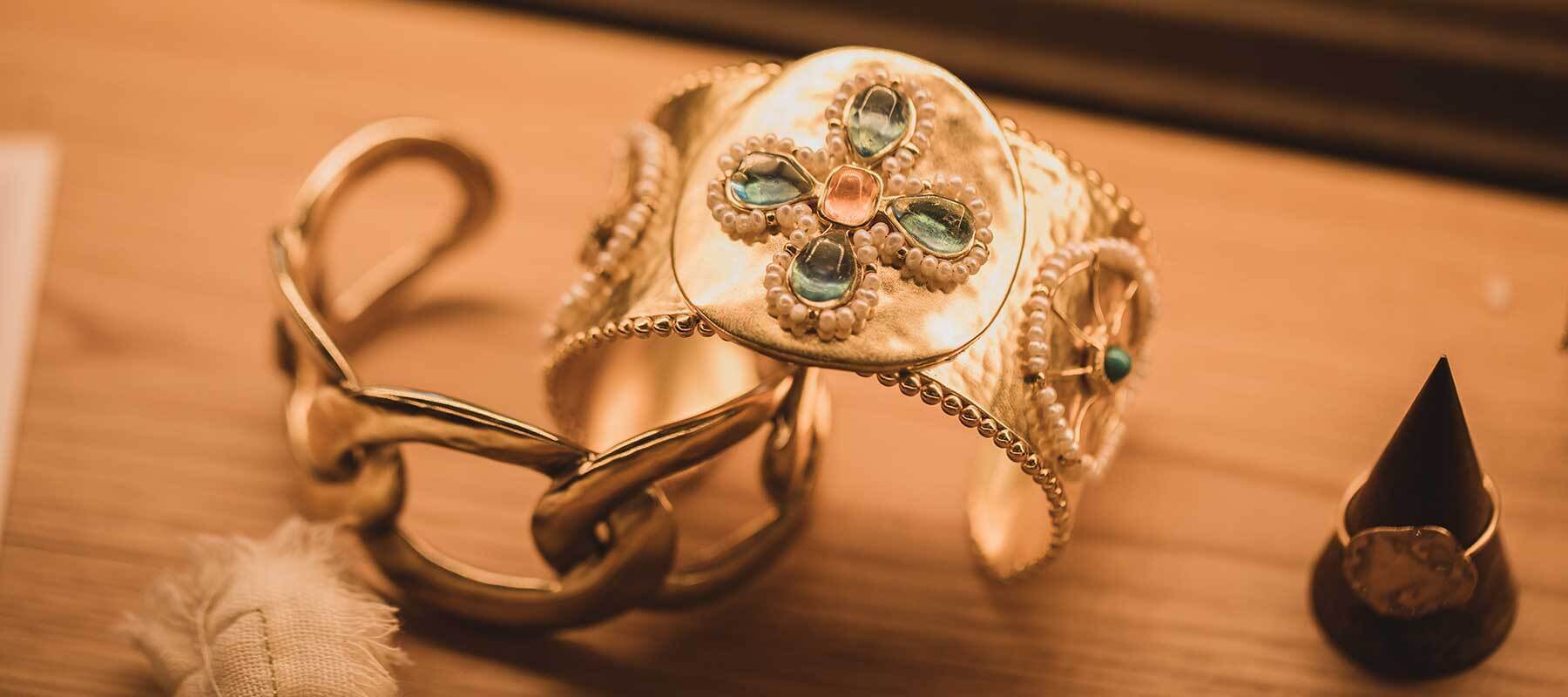
To verify the authenticity of cultured pearls, you must first observe them well. It is all a question of light and feeling. The mother-of-pearl gives them a color and a very particular brilliance to the light. In addition, real pearls tend to be colder to the touch than synthetic pearls. They warm up little by little on contact with the skin.
Also pay close attention to their appearance: if they are real cultured pearls, they will have an extremely smooth surface, without any cracks or irregularities. If you see the slightest scratch, then chances are your pearls are not natural.
How to identify the materials of costume jewellery?
For jewellery made of bakelite, a resin that was widely used in jewellery making in the 1970s and 1980s, the experts at the auction houses will advise you to gently tap the jewellery on your teeth. The resulting sound will allow you to check whether it is bakelite or simple plastic. Bakelite will "bounce" off your teeth and make a sharp sound. This material is very popular with designers of fancy parts, as it allows the imagination to run free while guaranteeing a certain quality and resistance.
As far as plastic jewelry is concerned, it is very easy to recognize them because they are very light. The malleability of this material makes all fantasies possible, so that plastic jewelry can take many different shapes and colors easy to wear in everyday life. However, there is a flip side to this. Plastic (or fancy) jewelry is more susceptible to the test of time. In addition, the rigidity of plastic means that these pieces don't stand up well to knocks. Treat them with care so you don't end up with half a ring or a bracelet in a million pieces!
How to recognize a real leather jewel?
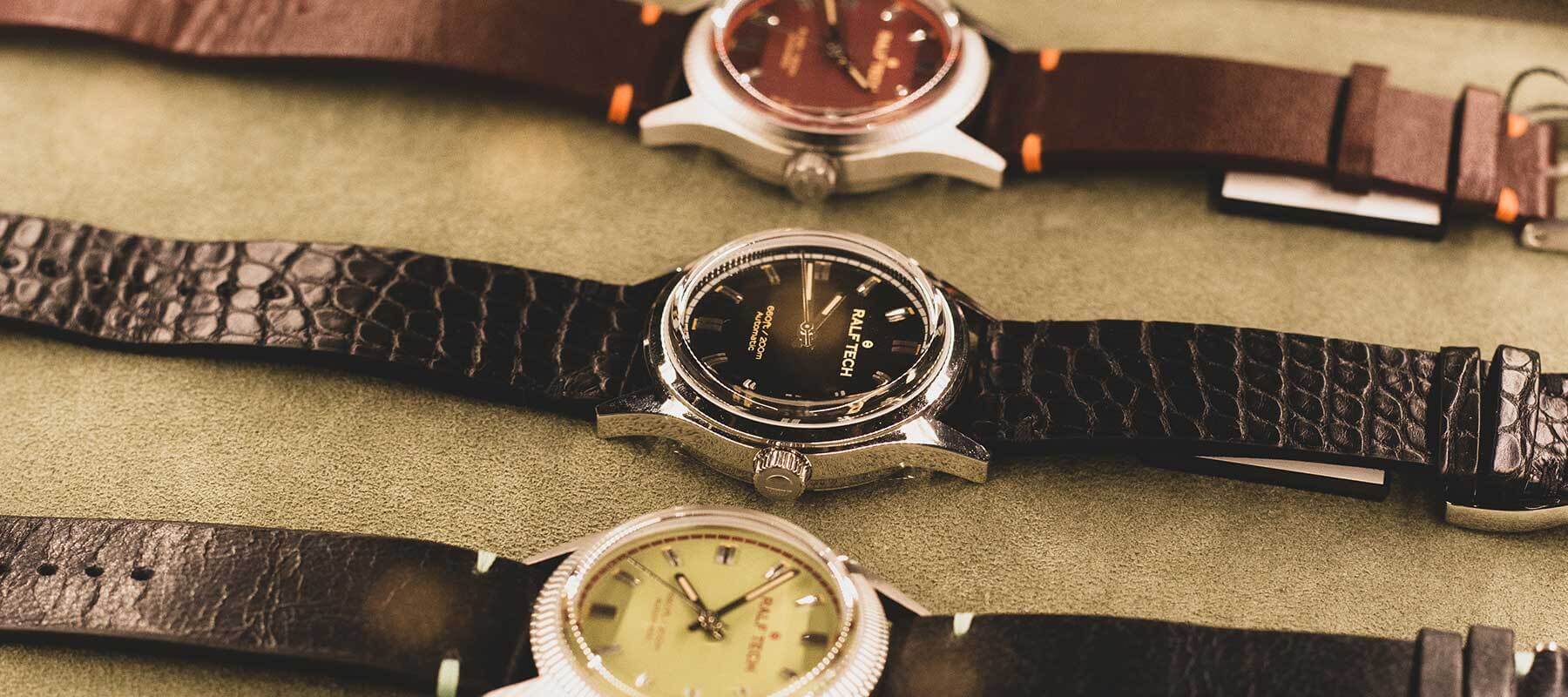
The advent of imitation leather has made the purchase of real leather jewellery slightly more difficult. It is not uncommon to end up with a fake watch strap thinking you are buying a 100% leather product. So how can you avoid the pitfalls?
The only way to verify the authenticity of leather is to perform a heat test. Genuine leather is an organic material and will be much more resistant to heat than a plastic material. Thus, a piece of genuine leather jewellery will not move when in contact with a heat source, whereas a piece of imitation leather will tend to mark quickly or even melt.
What about other natural textiles?
It is very easy to distinguish a piece of jewellery made of silk, cotton or any other natural fibre material from a piece made of synthetic fabrics. Here again, it is sufficient to expose the jewel to a source of heat to be fixed.
Natural fibres do not burn, do not emit flames on contact with heat and do not burn easily. Synthetic fabrics, on the other hand, are very sensitive to heat. A quick test with a lighter will help you check whether your jewellery is made of natural or synthetic fabrics. Remember that natural materials will have a higher durability and strength as long as they are properly cared for.
Our final tip: to care for your jewellery, make sure you always apply the right care methods to the right material.









